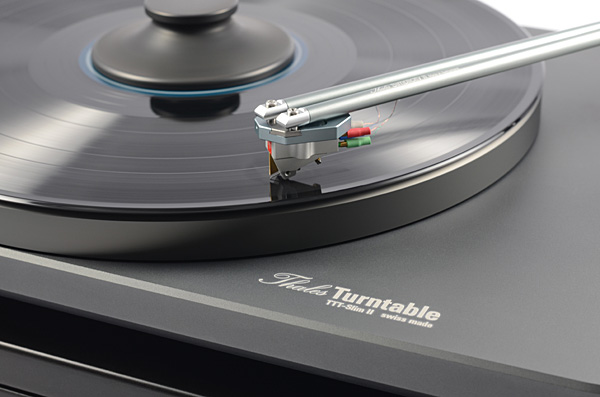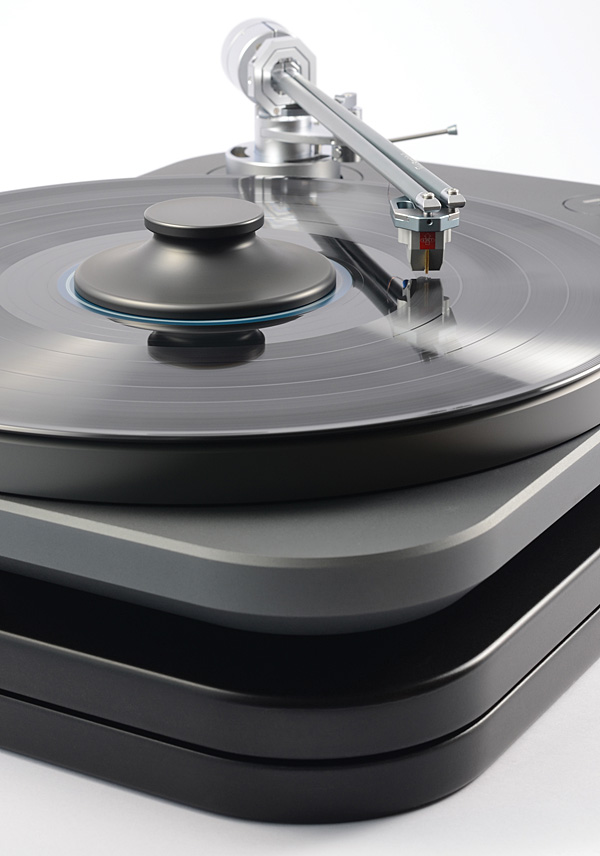| Columns Retired Columns & Blogs |
Used to spend hours in the late 80's looking, adjusting then readjusting then tightening my cartridge on my Dennesen protractor only to go back and look at the cartridge from another angle and start all over again. Got so frustrated, I nearly gave up on vinyl. Fortunately, I did two things that cured my nervosa; I purchased an SME tonearm with its fixed mounting for cartridge and its sliding rail for overhang adjustment, voila overnight everything came into place. Secondly, purchased a Shure V15 MK V cartridge that came with this ingenious overhang slot gauge that further took away the guesswork of aligning the cartridge. Have three Shure V15's and still use them to this day. Have slept soundly since.
I think it might just be bad luck on your part Art, the DG recordings I own are very quiet unless, and it has happened, some previous owner's stylus was not up to par, but that is rare and have been very happy with the quality of the DG vinyl I have purchased. Not as good as Philips pressings but good enough.
So if the Jochum Bruckner 8th is one of your two favourites which is the other one? It must be the Furtwangler with the VPO from 1944 right? It has to be.










































